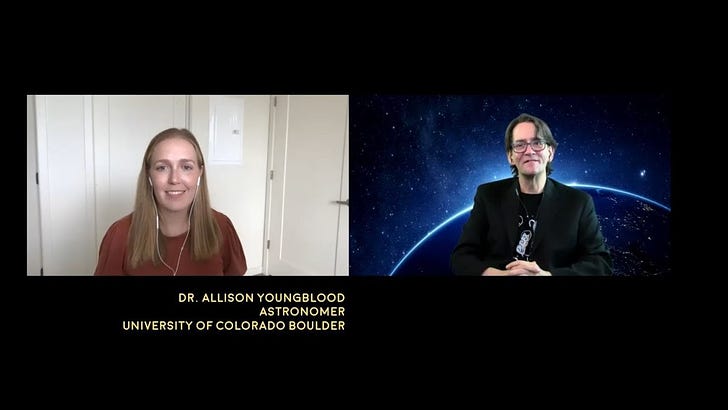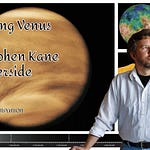This week, we are joined by Dr. Allison Youngblood of the University of Colorado Boulder. She recently used the Hubble Space Telescope to look at the atmosphere of Earth during a lunar eclipse, testing methods to find life on other worlds. In addition, we talk with Professor Jane Charlton of Penn State University about last week's virtual Astrofest.
Also on this episode of Astronomy News with The Cosmic Companion, we take a look at the lone dwarf planet in the inner solar system, Ceres, as new evidence comes to light revealing a vast ocean beneath its frozen surface. We will learn about a possible answer to the great mystery of why the star Betelgeuse recently dimmed for several months, and talk about the Perseid meteor shower and spotting shooting stars in the late summer skies.
Listen to the podcast above, or watch the video version of this episode:
This podcast is also available from all major podcast providers.

An artist’s concept of the mechanism that recently caused Betelgeuse to dim as seen from Earth. Image credit: NASA/ESA/E. Wheatley/STScI
Coming August 18: Dr. Andrea Dupree from the Harvard-Smithsonian Center for Astrophysics - Unraveling the mystery of the dimming of Betelgeuse utilizing the Hubble Space Telescope.
If you enjoyed this episode of The Cosmic Companion, please download and share the episode on YouTube, Facebook Video, or any major podcast provider.
For more details on space and astronomy news, please visit: thecosmiccompanion.net or thecosmiccompanion.com.
Thanks for watching, listening, and sharing!
- James












Share this post